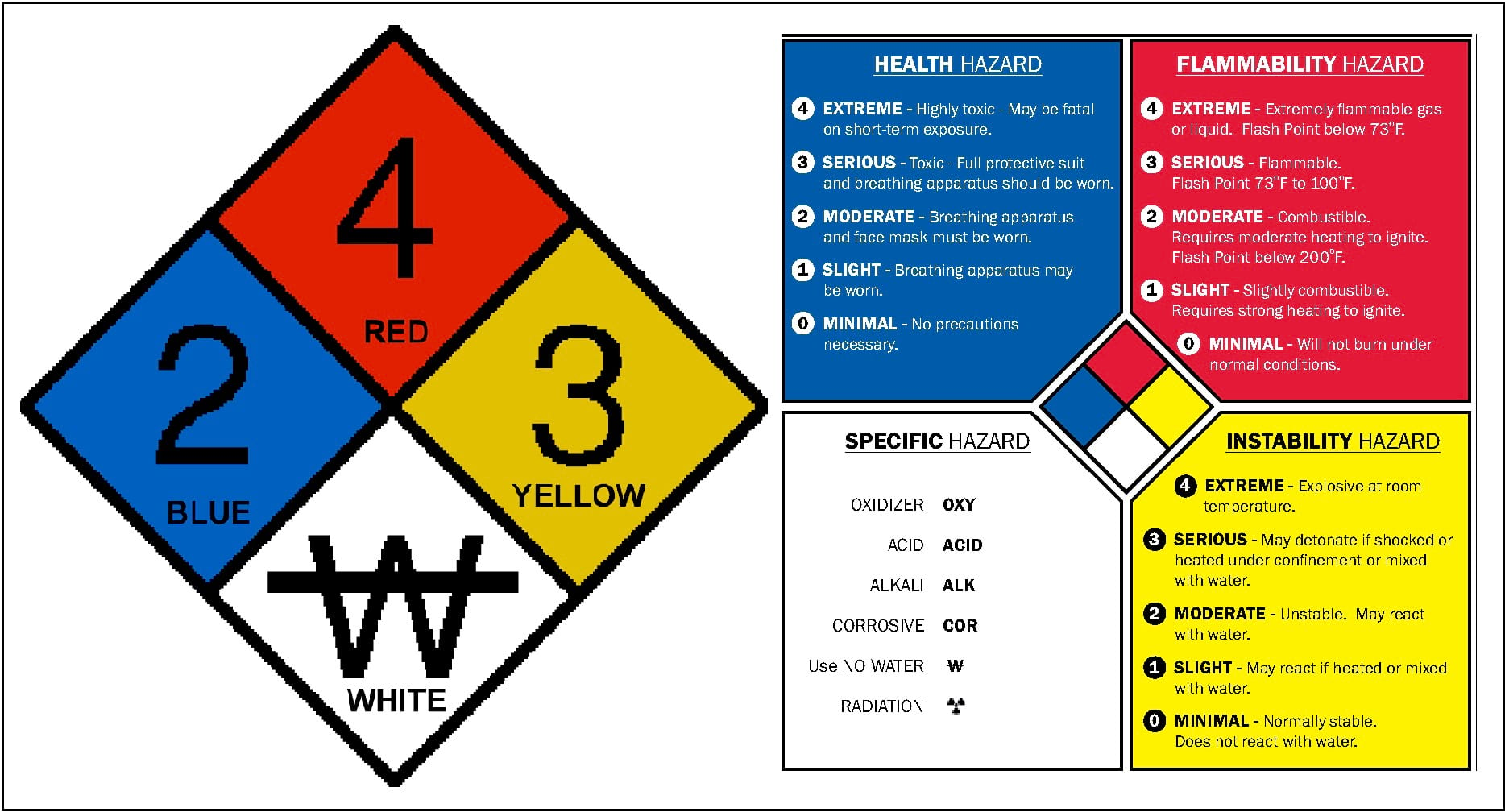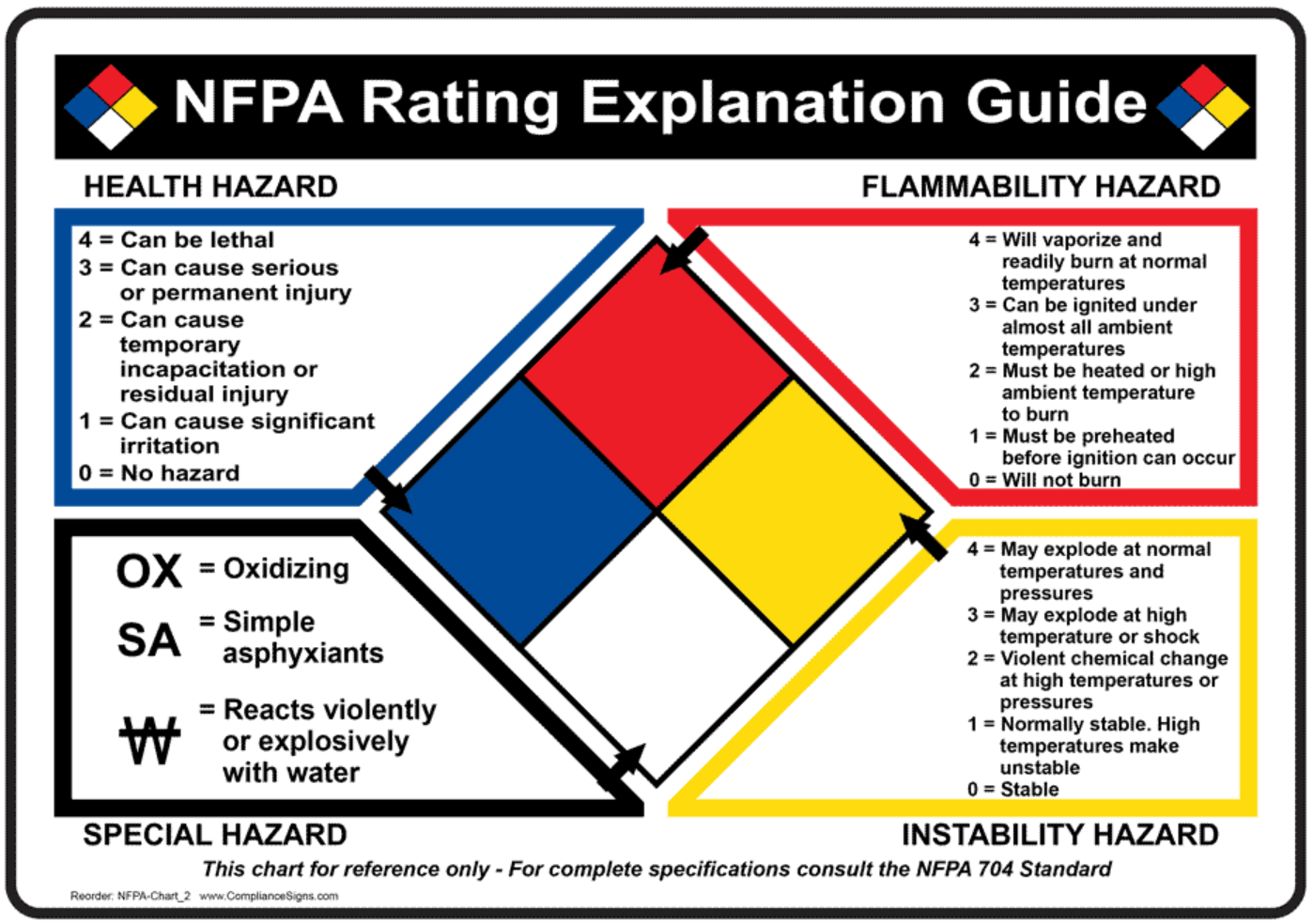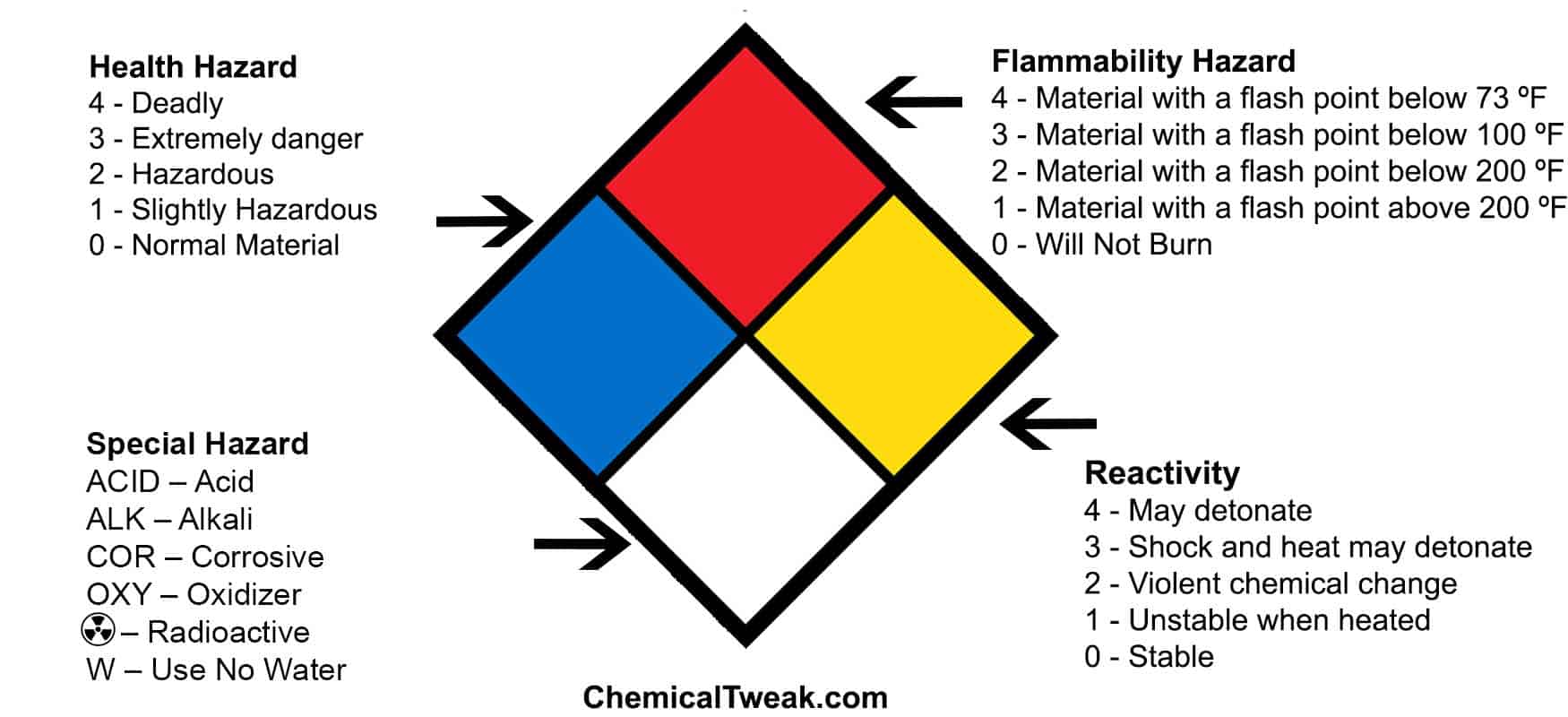nfpa fire diamond label understanding essential safety signs introduces readers to the world of hazard communication, where simple colors and numbers carry the weight of critical safety information. The moment you spot this vibrant diamond on a container or building, you’re seeing decades of development in safety standards designed to protect lives and property. Whether you’re a worker in a lab, a first responder, or simply curious about those colorful signs, the story behind the nfpa fire diamond label is one that touches nearly every industry where hazardous materials are handled.
The nfpa fire diamond label, established by the NFPA 704 standard, is a visual tool to quickly communicate the risks associated with chemicals and materials. Its four colored sections—blue for health, red for flammability, yellow for instability, and white for special hazards—use numbers and symbols to provide clear, at-a-glance hazard ratings. These labels are a familiar sight in warehouses, factories, labs, and public facilities, helping everyone from employees to emergency crews make informed decisions in regular and emergency situations.
Introduction to the NFPA Fire Diamond Label

The NFPA fire diamond label serves as a critical tool for communicating hazard information in environments where chemicals or potentially dangerous materials are present. Its primary purpose is to provide first responders, workers, and safety personnel with an at-a-glance understanding of the most significant hazards associated with a particular substance, ensuring swift and informed decision-making in emergency situations.
The origin of the NFPA 704 standard dates back to the 1960s, when the National Fire Protection Association identified the need for a simple, standardized method of hazard communication. The iconic four-color diamond design quickly became the industry norm in the United States and beyond, making it possible to assess risks instantly. Over time, the standard has evolved to incorporate feedback from emergency services and adapt to new types of hazards as industries have grown more complex.
The NFPA fire diamond label is widely used across various industries, including manufacturing, warehousing, laboratories, chemical transportation, and public buildings. Its universality supports consistent safety practices across different sectors, enabling everyone from facility managers to firefighters to interpret hazards quickly and accurately.
Components of the NFPA Fire Diamond Label

The NFPA fire diamond label consists of four colored sections, each representing a specific type of hazard. Understanding these components is essential for anyone working with or around hazardous materials.
Each color within the diamond communicates a unique aspect of the material’s risk profile:
- Blue (left section): Health hazard
- Red (top section): Flammability hazard
- Yellow (right section): Instability/reactivity hazard
- White (bottom section): Special hazards (such as unusual reactivity or specific warnings)
Numbers within the colored sections indicate the severity of the hazard on a scale from 0 (minimal) to 4 (severe), while specific symbols in the white section call attention to unusual dangers, such as oxidizers or substances that react violently with water.
| Section | Color | Hazard Type | Examples |
|---|---|---|---|
| Health | Blue | Health hazard | Toxic, corrosive chemicals |
| Flammability | Red | Fire hazard | Gasoline, acetone |
| Instability | Yellow | Reactivity hazard | Peroxides, dynamite |
| Special | White | Special warning | OX (oxidizer), W (reacts with water) |
Numerical Ratings and Symbol Interpretations
To provide clear guidance, the NFPA fire diamond uses a numeric system for health, flammability, and instability. Each rating ranges from 0 to 4, reflecting increasing levels of danger. The special hazard section uses symbols rather than numbers to communicate specific risks not covered by the other three sections.
Understanding these ratings is crucial for distinguishing between minor and severe hazards, guiding both prevention and emergency response efforts.
| Rating Number | Meaning | Sample Materials |
|---|---|---|
| 0 | No hazard or minimal risk | Water, sand |
| 1 | Slight hazard, minor injury or fire under extreme conditions | Glycerin, mineral oil |
| 2 | Moderate hazard, can cause injury or ignite under normal conditions | Diesel fuel, ammonia |
| 3 | Serious hazard, severe injury or readily ignites | Gasoline, formaldehyde |
| 4 | Extreme hazard, life-threatening or extremely flammable/reactive | Hydrogen cyanide, acetylene |
The white section is reserved for special hazards. Common symbols include:
- OX: Oxidizer, which can intensify a fire
- W (with a line through it): Material reacts dangerously with water
- Other custom symbols may be used to denote specific risks unique to a material
Placement and Usage Guidelines: Nfpa Fire Diamond Label
Proper display of the NFPA fire diamond is essential for maximizing its effectiveness. The label should be easily visible and located where it immediately alerts people to potential dangers before they interact with hazardous substances.
Placement and sizing must meet NFPA standards to ensure visibility from a safe distance. Labels are typically positioned on storage tanks, containers, entrances to storage areas, and doors of rooms housing hazardous materials.
- Display labels at eye level and unobstructed by equipment or signs.
- Use label sizes appropriate for the viewing distance and area (minimum 6 inches per side for outdoor signs).
- Install fire diamond labels on all four exterior walls of storage buildings when required by local regulations.
- Affix labels to all secondary containers that may be handled by employees or first responders.
- Conduct regular inspections to ensure labels remain legible and undamaged.
Final Thoughts

In summary, the nfpa fire diamond label stands as a simple yet powerful signal guiding daily operations and emergency responses wherever hazardous materials are present. Understanding how to read and apply this label not only improves workplace safety but also builds a proactive safety culture. As industries evolve and new hazards emerge, the nfpa fire diamond label remains a vital part of clear communication, making complex information instantly accessible to all who need it.
FAQ Summary
What does each color on the NFPA fire diamond label represent?
Blue indicates health hazards, red shows flammability, yellow reflects chemical instability, and white is reserved for special hazards like oxidizers or water reactivity.
Where should the NFPA fire diamond label be placed?
It should be placed on chemical containers, storage tanks, and at entrances to buildings or areas where hazardous materials are stored or used to ensure maximum visibility.
Who is responsible for updating the NFPA fire diamond labels?
Employers or facility managers are generally responsible for ensuring that labels are current and accurate according to the latest hazard information.
Is the NFPA fire diamond label required by law?
While not a federal law, many local fire codes and regulations require its use, and it is widely recognized as a best practice in hazard communication.
How is the NFPA fire diamond label different from GHS labels?
The NFPA fire diamond label is designed for emergency response and uses colors and numbers, while GHS labels use pictograms and are focused on hazard communication for workers handling chemicals.
